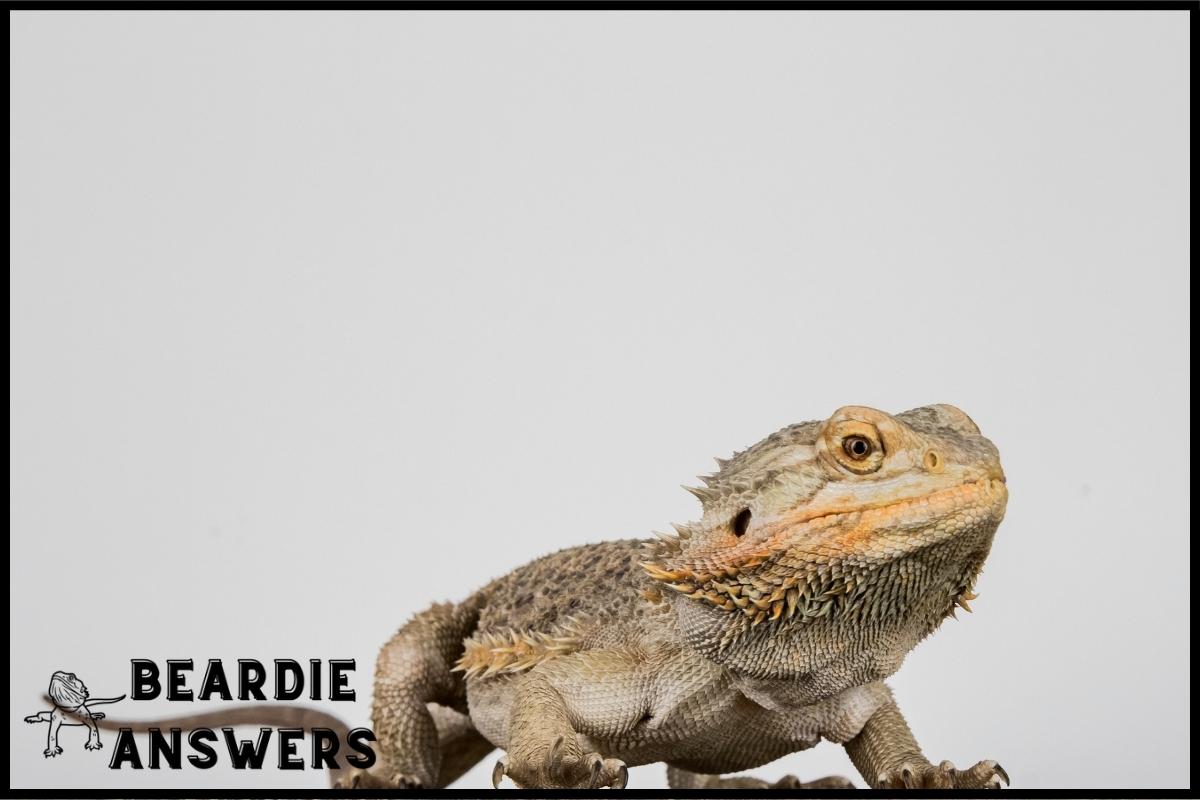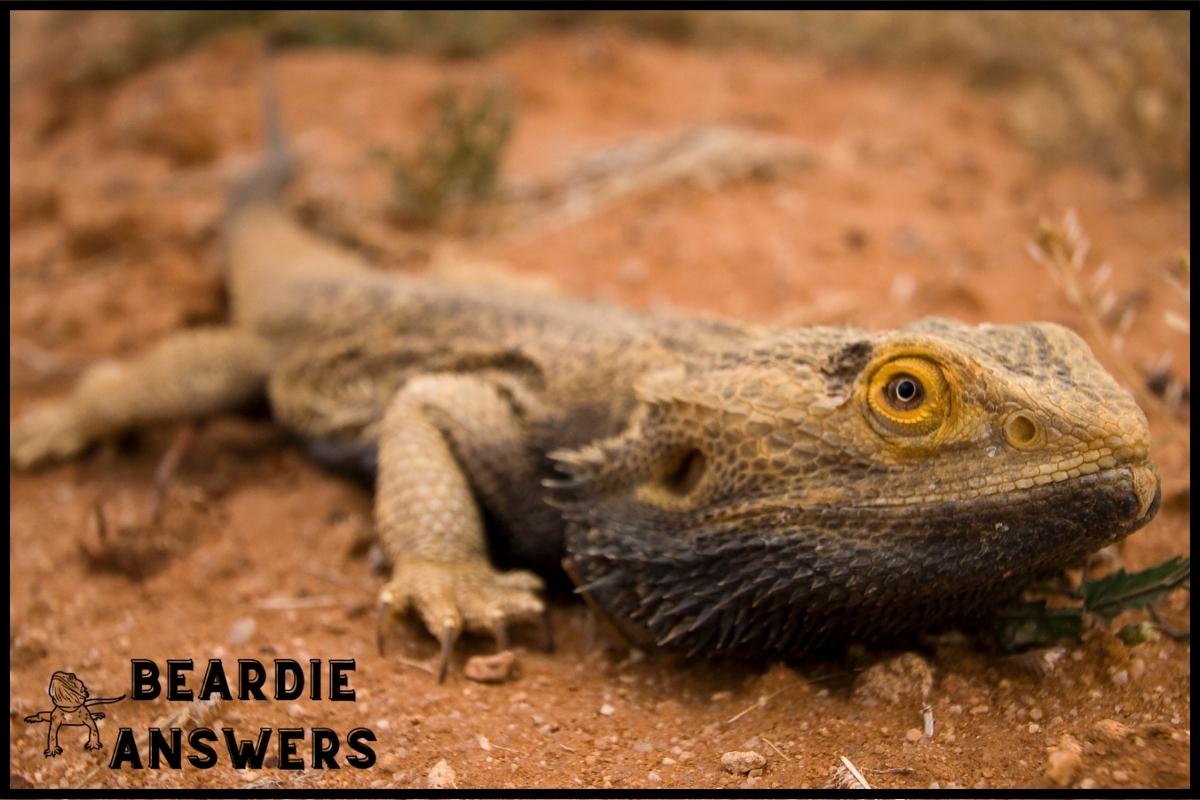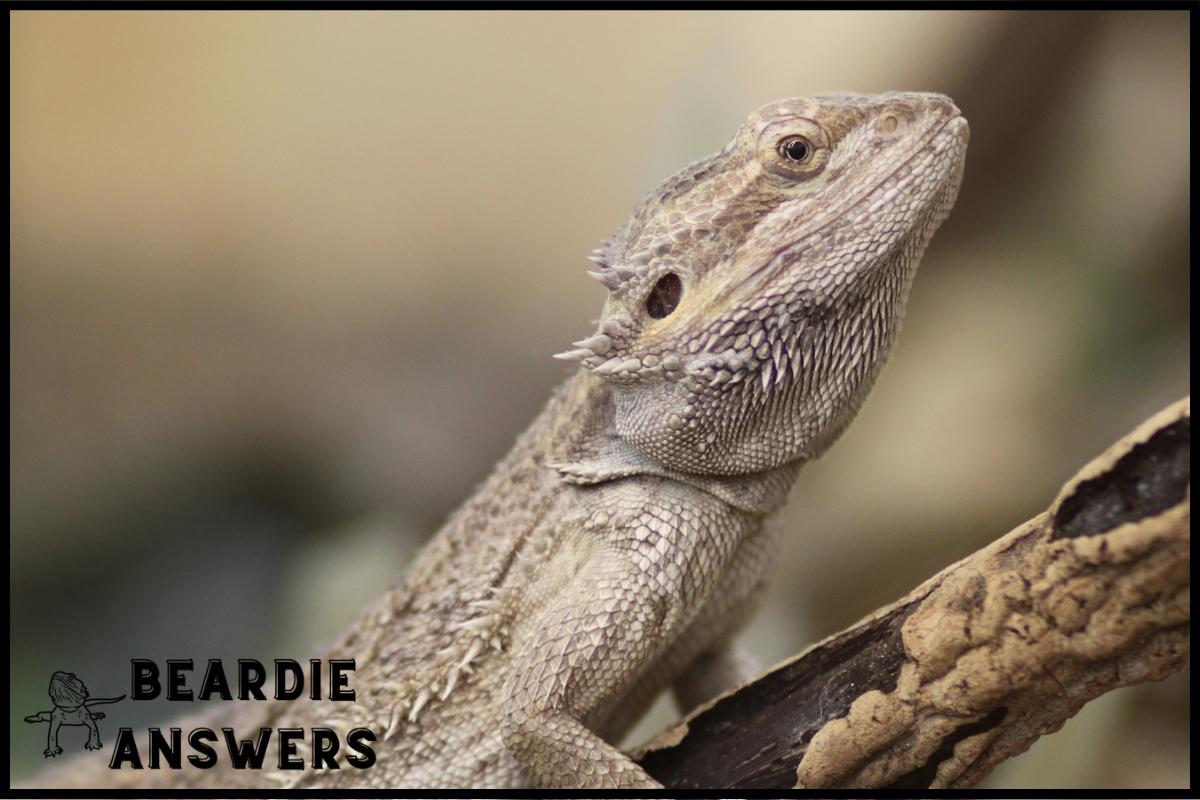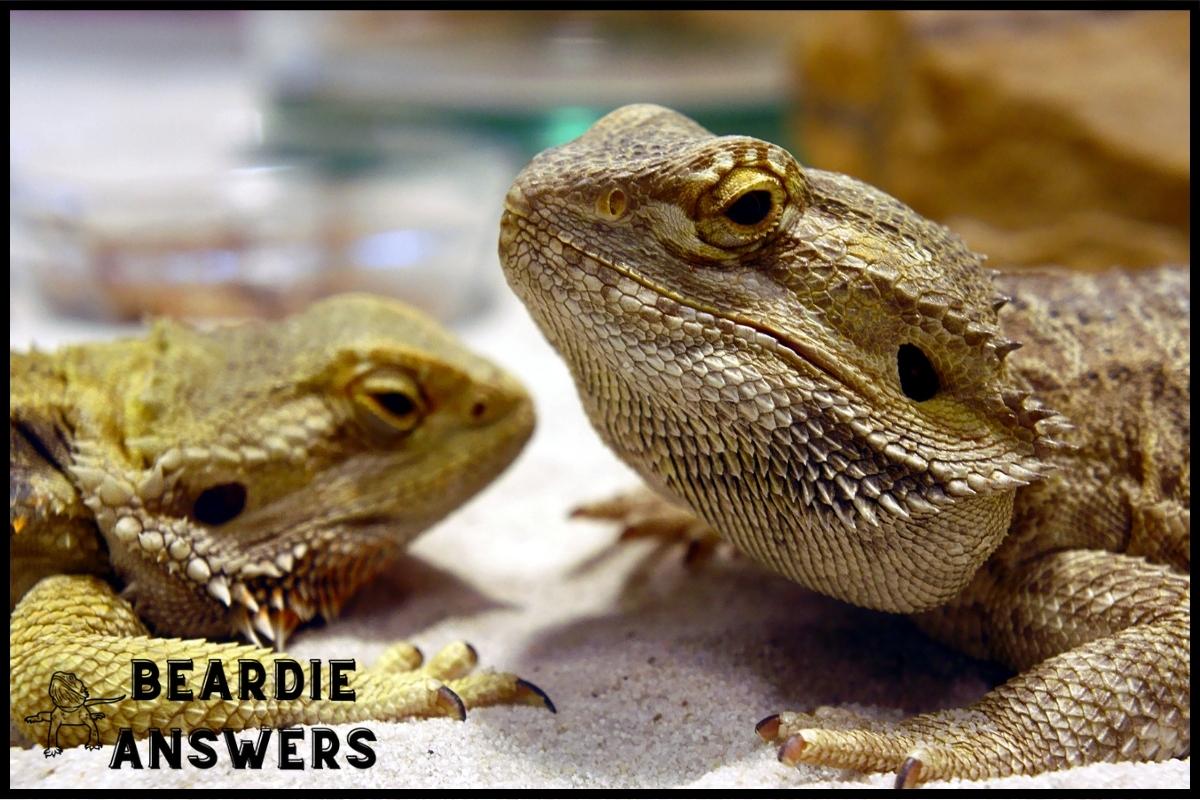[su_note note_color=”#eee”]
Bearded dragons are a type of lizard native to Australia. They are a popular pet reptile due to their docile nature and unique appearance.[/su_note]
Bearded dragons are a type of lizard that have become increasingly popular as pets in recent years. Many people may wonder if these interesting creatures are actually lizards, and the answer is yes! Bearded dragons are indeed a species of lizard, belonging to the family Agamidae.
In this article, we’ll explore what makes bearded dragons unique from other varieties of lizards, their natural habitats, and how you can properly care for them if you decide to get one as a pet.
Bearded dragons have been kept by humans since at least the late 1980s when they were first imported into Europe and North America from Australia. Over time, they’ve grown more popular due to their friendly temperaments and relatively low-maintenance requirements compared to some other exotic pets.
So let’s take a closer look at these fascinating animals and see why so many people choose them as companions!
What You'll Learn
Overview Of Lizards
Let’s start by discussing the classification of lizards, and then move on to their habitats. We’ll look at how they can vary from one species to another.
Classification
Lizards are fascinating creatures and their classification can be quite complex.
From breeding habits to territoriality, captive breeding, and much more – when it comes to lizards there is plenty of information out there.
Breeding habits vary among the different types of lizards with some species laying eggs while others give birth to live young.
Territoriality often varies between males and females in regards to defending a territory or nesting area.
Lastly, captive breeding has been used by many people as a way to keep certain species around for longer periods of time.
All in all, lizard classification is an interesting topic that provides insight into these unique animals!
Habitats
When it comes to lizards, understanding their habitats is key. Different species require different breeding and living requirements in order to survive and thrive.
For example, some lizards may need more humidity while others prefer drier climates; this depends on the particular lizard’s needs. Lifespan expectations vary from species to species as well, with some living for decades if given the right environment.
Captive environments also play an important role in determining a lizard’s lifespan – an enclosure should be set up that meets all of the creature’s specific needs. Knowing what kind of habitat your chosen lizard requires can make or break its success!
Differences Between Bearded Dragons And Lizards
Having learned about the general characteristics of lizards, we can now discuss some of the differences between bearded dragons and other types of lizards.
Bearded dragons are unique in a few ways, most notably their dietary requirements, temperature regulation, physical appearance, behavior patterns, and communication methods.
To begin with, bearded dragons have a more specialized diet than many species of lizards. They typically require an omnivorous diet that includes vegetables like kale as well as insects such as crickets or mealworms. The type and amount of food they need also depends on the age of the lizard – adult bearded dragons may eat less frequently than juveniles who must be fed every day.
Bearded dragons also handle temperature regulation differently compared to other kinds of reptiles. Some species will hibernate during colder months while others rely on external heat sources for warmth; however, bearded dragons maintain body temperatures by using their environment instead. This means they must be kept in habitats that provide both hot and cool areas so they can adjust accordingly.
Finally, it’s easy to identify a bearded dragon based on its distinct physical features: long beard-like scales running along its jawline, triangular heads with spikes down each side of its neck, relatively large tails shaped like diamonds or paddles, and rows of spines across its back from head to tail.
Along with these aesthetic qualities come several behavioral traits too – they communicate through movements and sounds made primarily when threatened or excited which makes them fun pets to observe!
In addition to all this information about bearded dragons’ needs and appearances, it is equally important to learn how these characteristics affect how they live in captivity – understanding this helps ensure their overall health and happiness!
Characteristics Of Bearded Dragons
Bearded dragons are enchanting creatures, with their scaly bodies and vibrant colors. They make wonderful pets due to their social behavior, making them an ideal choice for families or individual owners.
Their shedding habits need to be monitored closely – they will shed every few weeks when young and then less frequently as adults. Temperature needs vary depending on the age of the dragon; younger bearded dragons require a temperature gradient between 80-90 degrees Fahrenheit during the day, while adult temperatures should stay around 75-80 degrees Fahrenheit.
The enclosure size should allow plenty of room for basking and climbing, at least two feet by three feet in size.
Finally, one of the most distinguishing features is their tail color which can range from orange to pinkish yellow or even white!
The habitat and diet of a bearded dragon both play a vital role in keeping them healthy and active.
Habitat And Diet
Bearded dragons are native to deserts and arid regions of Australia, but they can be found in captivity throughout the world.
In their natural habitat, they spend most of their time foraging on the ground or basking in the sun.
Captive bearded dragons have specific tank setup needs that should replicate those found in nature, including temperature requirements during both day and night cycles.
| Temperature Needs | Daytime (F) | Nighttime (F) |
|---|---|---|
| Hot Spot | 90–95 | 75–80 |
| Basking Area | 85–90 | 70–75 |
In addition to proper enclosure conditions, diet is also essential for keeping your dragon healthy and active.
Bearded dragons eat a variety of bugs as well as some fruits and vegetables.
Feeding them small insects like crickets or mealworms every few days will provide ample nutrition while promoting natural foraging behavior.
Captive breeding is another way to ensure you have a happy and healthy lizard friend!
Breeding bearded dragons requires careful attention to detail regarding lighting, humidity levels, temperatures, and other factors designed to create an optimal environment for successful reproduction.
With the right care and maintenance plan in place, you’ll soon find yourself with a thriving reptilian companion!
Care And Maintenance
In stark contrast to the habitat and diet of a bearded dragon, its care and maintenance requires far more effort. It’s important for an owner to understand that these lizards have specific housing requirements; they require special lighting, temperatures, humidity levels, and substrates in order to stay healthy.
Additionally, they need regular handling tips: never grab them from behind or handle them roughly as this can lead to stress and trauma.
Bearded dragons also go through a shedding process every few months where their skin will become duller with some patches falling off. To aide in the natural shedding process, owners must perform grooming techniques such as bathing and brushing their beardies regularly.
Lastly, it is recommended that all new animals entering an existing collection be placed into quarantine protocols for at least 30 days before being introduced to other individuals living under the same roof. Doing so helps protect any established populations from diseases or parasites brought in by newly acquired lizards.
Without proper knowledge about caring for a bearded dragon properly, many owners may find themselves unprepared when faced with unexpected issues down the line – whether it’s needing additional supplies or understanding how to treat illnesses. With research and dedication however, having one of these amazing reptiles in your life can bring tremendous joy!
Conclusion
In conclusion, bearded dragons are a unique type of lizard that require special care and attention. Bearded dragons have distinct features that make them stand out from other lizards, making them an intriguing pet for many reptile enthusiasts. They thrive in warm climates and need specific diets to stay healthy.
Owning a bearded dragon is not without its challenges. It’s important to understand their behavior and provide the right environment so they can live happily and healthily. I must emphasize the importance of researching before deciding if this species is suitable as a pet for you or your family.
Overall, with proper knowledge and care, bearded dragons can be great companions who will bring joy into our lives while providing us with educational value at the same time. With patience and dedication, these captivating creatures will repay us with unconditional love!

Hi! My name is Bryan, I am the “one behind the words” here are BeardieAnswers.com. I believe that providing quality care and nutrition is the best way to ensure the health of your pet. Every beardie is special and deserves the best care and attention. If you have questions about your bearded dragon, please don’t hesitate to ask! View My Full Author Page




